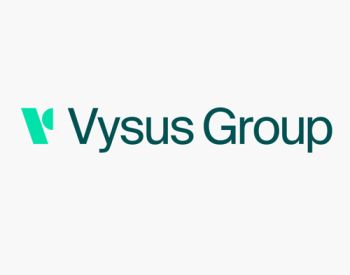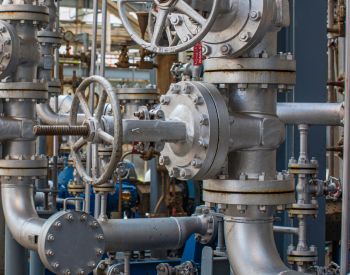Client
Equinor
Asset
Johan Sverdrup oil field
Location
Norwegian Continental Shelf
Client challenge
Equinor is a leading, integrated oil and gas company based in Norway, with operations globally. Equinor’s next major project was the Johan Sverdrup oil field, one of the five biggest oil fields on the Norwegian Continental Shelf. Given our client’s ambitions here, safe and efficient operations were the most important prerequisites. Equinor awarded Aker Solutions the engineering framework agreement, with Lloyd's Register as the third-party contractor for safety studies in Phase 1 - FEED (front end engineering design) development.
The Johan Sverdrup oil field has an estimated lifetime of 50 years and estimated peak production of over 550,000 barrels per day. Production at plateau will be equivalent to 25% of all Norwegian petroleum production.
How we helped
During the FEED phase, we performed a broad range of safety studies, including total risk analysis (TRA) and emergency preparedness analysis. The work formed the basis for a seamless transition to the construction and as-built phase, verifying the design was built in accordance with Norwegian safety regulations.
TRA evaluates the safe design of facilities. We carried out timely TRA for this project covering the design schedule, maximising our expertise and the technology and innovations involved. We identified and quantified risk associated with major hazards relating to the field centre, and provided input to engineering in developing a safe design. The TRA also formed a basis for controlling the risk from the activities at the facilities, and documented the risk level for the facility compared to the authority’s and Equinor's risk tolerance criteria. This work enabled us to input into design accidental loads (loads related to abnormal operations or technical failure such as collisions, fires and explosions). In addition, we contributed to the safety strategies, including guidelines for practical implementation of design accidental loads in the ongoing design of the facilities.
Scope
Key areas of scope covered:
- consistent use of total risk analysis (TRA) across all platforms
- design accidental loads
- design safety strategies
- design safety guidelines
- probabilistic consequence modelling
- exhaust and flare dispersion risk
- helideck turbulence risk
- ventilation and wind chill effect risk
- waste and water dispersion risk.
Insight
The risk and emergency preparedness analyses contributed to the selection of safety-wise optimum solutions, reducing risk measures on a sound technical and organisational basis. Through this analysis, we proposed design solutions that fed into emergency plans and ultimately safeguarded personnel and the working environment from adverse incidents. To avoid major and costly design changes at a later stage, we carried out this analysis as an integrated element of the TRA work.
Using our latest computational fluid dynamics (CFD) capability, we investigated the consequences of any potential fires and explosions at the field centre, and subsequently used this data to inform the TRA. We have a proven track record of demonstrating probabilistic consequence modelling by examining the 'chain' of potential events which occur during accidental scenarios.
We also performed a wide range of detailed CFD analyses to evaluate the risk associated with exhaust and flare dispersion, helideck turbulence, ventilation and wind chill effect, as well as waste and water dispersion.
Regulatory comment
The project’s follow-up audit report from the Petroleum Safety Authority Norway (PSA) was very positive. It cited that Equinor, Aker and Lloyd’s Register [now Vysus Group] showed good knowledge about the topic related to the worst credible process fire, and that important methodology has been transferred to the other relevant facilities.
Results and benefit
- Early reporting of risk findings captured in the design phase led to developing a safe design.
- Reduced risk due to effective technical and organisational analyses.
- Effective comparison of risk level for the facility to regional and Equinor risk tolerance criteria.
- Development of design solutions and emergency plans, safeguarding personnel and the working environment.
- Efficient and cost-effective integration of our team across all parties.
- Flexible approach to meeting requirements of multiple stakeholders.
Related Services

